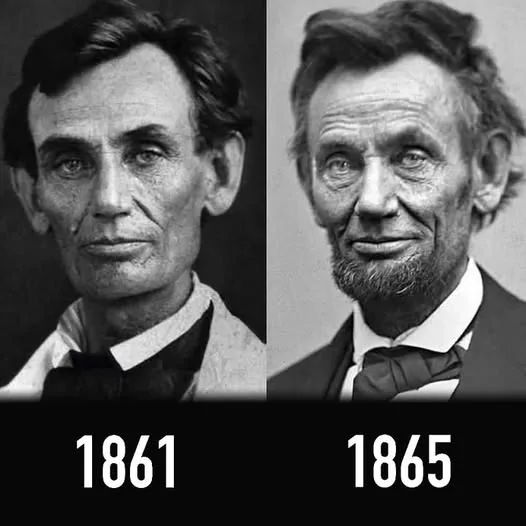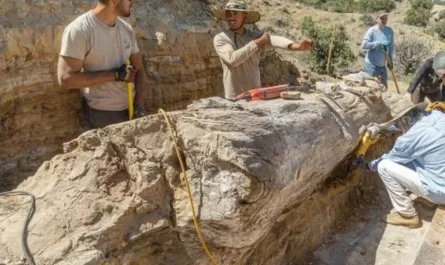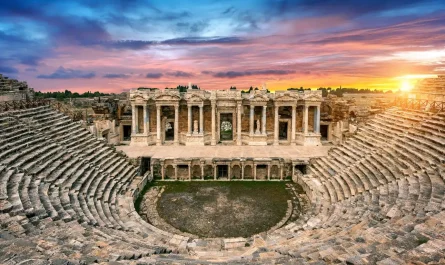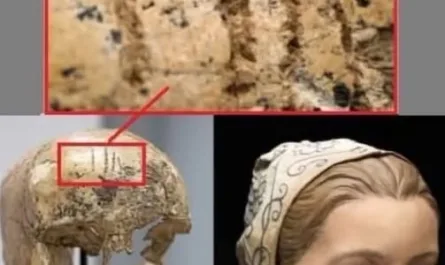Look at the two photographs side by side.

1861 Abraham Lincoln arrives in Washington for his first inauguration. The face is long, angular, and unmistakably rural: deep-set eyes under heavy brows, a mouth that still knows how to smile, cheeks that have been wind-burned on the Illinois prairie. There is melancholy there (he had carried it since childhood), but also a stubborn glint of hope. He genuinely believed the Union could be preserved without cataclysm. The lines around his eyes are mostly laugh lines and squint lines. He is 52 years old and looks it, maybe a hard 52, but still a man who has not yet stared into the abyss.
1865 Four years later, five weeks before Ford’s Theatre. The last formal portrait, taken by Alexander Gardner on February 5, 1865.
There is almost no one left inside that face.
The cheeks have collapsed inward, as though the skull itself is trying to retreat. The eyes are sunken so deeply that the brow ridge casts them in permanent shadow. The mouth, once mobile and expressive, has settled into a thin, downturned line that looks carved rather than drawn. Every crease has deepened into a canyon. New furrows cross the forehead like cracks in parched earth. The skin is gray, translucent, stretched over bone. He is 56, but the face belongs to someone far older, someone who has watched 620,000 of his countrymen die and signed thousands of death warrants with his own hand.
Doctors today recognize the signs: extreme weight loss, chronic insomnia, what we would now call major depressive disorder, and almost certainly undiagnosed Marfan syndrome or multiple endocrine neoplasia type 2B (MEN2B), a rare genetic condition that causes connective-tissue abnormalities and, in some cases, a distinctive elongated, gaunt appearance that worsens with stress and age. Whatever the medical label, the photographs record something more than disease. They record the precise moment when a human soul has been asked to carry more than any soul should have to bear.
Between those two portraits lie:
- The death of his beloved 11-year-old son Willie in February 1862 (Mary Lincoln never fully recovered; Abraham kept Willie’s poetry folded in his pocket until the day he died)
- First Bull Run, Shiloh, Antietam (the single bloodiest day in American history), Fredericksburg, Gettysburg
- Draft riots in New York, generals who failed him, cabinet members who betrayed him, newspapers that called him a baboon and a tyrant
- The long nights alone in the White House telegraph office reading casualty lists by lamplight
- The knowledge that every decision he made (emancipation, suspension of habeas corpus, total war) saved the Union but damned thousands to early graves
Historians love to quote Lincoln’s own words about the war’s toll: “I feel how weak and fruitless must be any words of mine which should attempt to beguile you from the grief of a loss so overwhelming.” He was talking about soldiers’ widows and orphans, but he might as well have been describing the mirror.
And yet, in that same ravaged face, there is still something unbreakable. The eyes, though exhausted, are steady. The jaw is still set. Even at the absolute end, he could summon the clarity to write the Second Inaugural (393 words that remain the most profound moral reflection ever given by an American president).
Look again at the 1865 photograph. You are not just seeing a president worn down by time.
You are seeing a man who walked all the way into the heart of darkness so the rest of us would not have to live there.
That is what sacrifice actually looks like when it is etched into flesh and bone.
And that is why, 160 years later, we still cannot look away.





